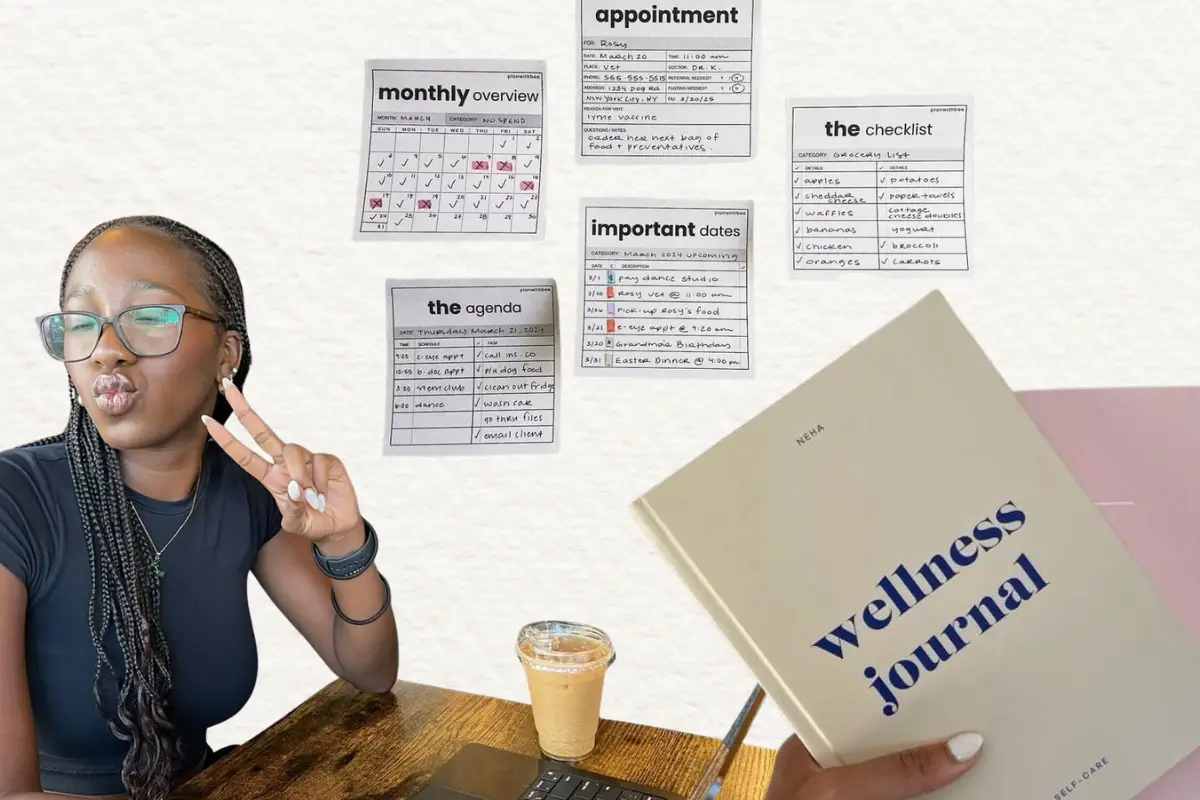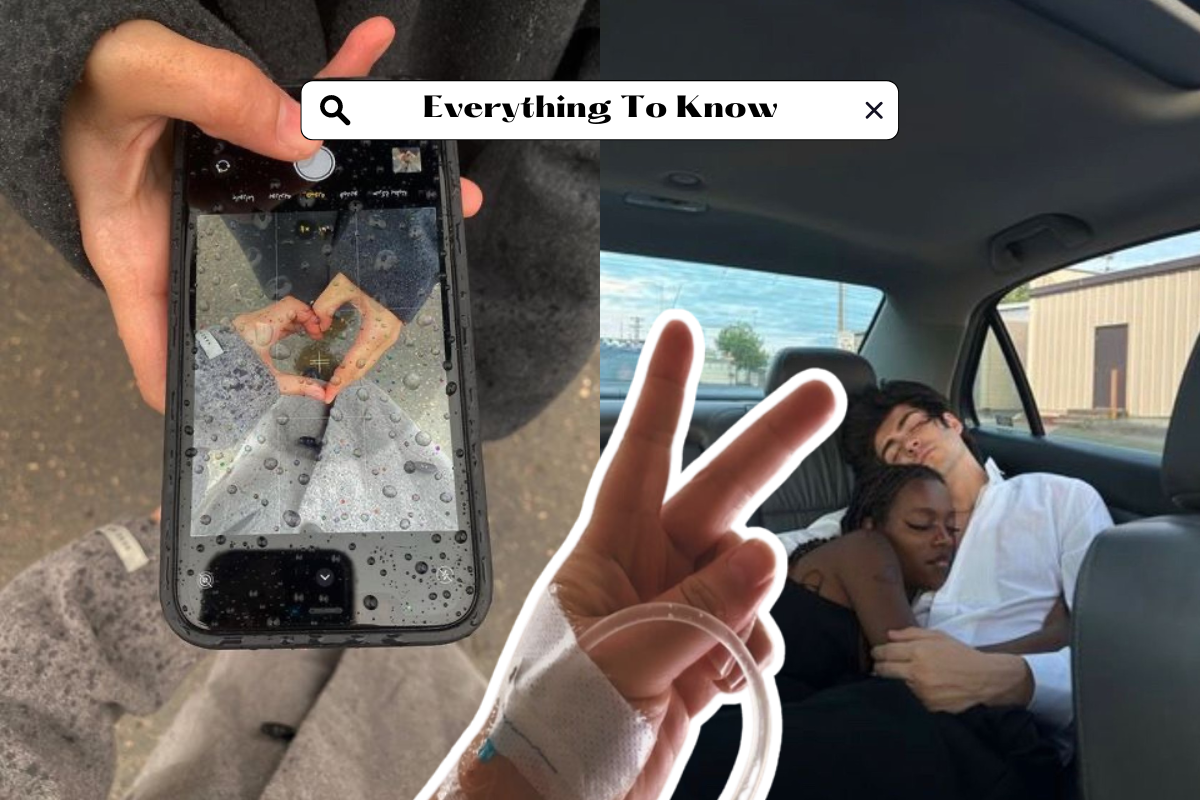Choosing the right study methods can make all the difference when learning new material. Everyone learns differently, and understanding the techniques that work best for you is key to studying smarter, not harder. From visual tools like mind maps to interactive approaches like teaching peers, this post explores effective strategies to help you retain information and feel confident in your studies.
1. Are You a Visual, Auditory, or Kinesthetic Learner?
Understanding your learning style is one of the most effective study methods because it helps you tailor how you absorb information. Are you a visual learner who remembers images and colors? Or maybe you prefer hearing information aloud, making you an auditory learner? Perhaps you learn best by doing, which means you’re kinesthetic.
I realized early on that I’m mostly a visual learner. Adding colorful notes and diagrams to my study routine made a huge difference. But mixing in auditory tools, like listening to recorded lectures, also helped me retain information better.
Figuring out your style can save you time and frustration. Try experimenting with different approaches and see what clicks.
2. The SQ3R Method (Survey, Question, Read, Recite, Review)
One of the most reliable study methods out there is the SQ3R technique. It stands for Survey, Question, Read, Recite, and Review—a step-by-step way to deeply engage with your reading material.
I used this method during a tough semester, and it helped me focus on key concepts instead of getting lost in details. First, you skim (Survey) the chapter, then turn headings into questions. Next, you Read actively, Recite answers from memory, and finally Review everything to reinforce learning.
SQ3R turns passive reading into an active process, making it easier to understand and remember what you study.
3. The Feynman Technique
Another powerful study method is the Feynman Technique, which involves teaching a concept to someone else—or even yourself—as if they have no prior knowledge. This forces you to break down complex ideas into simple terms.
I tried this while preparing for exams by explaining topics out loud in my own words. Whenever I struggled to explain something clearly, I knew I needed to review it further. This technique helped me pinpoint gaps in my understanding and solidify my knowledge.
Teaching is one of the best ways to learn, and the Feynman Technique harnesses that idea perfectly.
4. Cornell Note-Taking System
The Cornell Note-Taking System is a classic study method that helps organize your notes for easy review and retention. It divides your page into three sections: notes, cues, and summary.
I started using Cornell notes in college and found that summarizing information and writing questions in the cue column helped me engage more actively with the material. Later, reviewing the summary section made exam prep faster and less stressful.
This method encourages active learning and helps you identify key points efficiently.
5. Spaced Repetition vs. Mass Practice
When it comes to study techniques, understanding the difference between spaced repetition and mass practice can transform your learning.
Mass practice means cramming lots of information in one sitting, while spaced repetition spreads out study sessions over time.
I used to cram before exams and often forgot what I studied soon after. Once I switched to spaced repetition—reviewing material multiple times over days or weeks—I noticed much better retention and less stress.
Using apps like Anki or Quizlet can help automate spaced repetition, making it easier to stick with this effective technique.
6. Mind Mapping for Complex Concepts
Mind mapping is a fantastic study method for organizing complex ideas visually. By connecting concepts with branches, colors, and keywords, it helps your brain see relationships and patterns.
I started using mind maps when studying literature and found that breaking down themes and character relationships visually made everything clearer. Plus, it’s a fun way to interact with your notes.
You can create mind maps on paper or use apps like MindMeister or XMind to build digital versions. Either way, it’s a creative tool to deepen your understanding.
7. Flashcards: DIY or Digital?
Flashcards are a time-tested study Techinques that make reviewing quick facts and concepts easy. You can go old-school with index cards or use digital apps like Quizlet or Anki for added features like spaced repetition.
I personally love making my own flashcards because writing things down helps me remember better. But digital flashcards are great for on-the-go review and automated scheduling.
Whichever you choose, regular flashcard practice keeps information fresh and boosts recall, especially for vocabulary, formulas, or dates.
8. Teaching as Learning: Peer Study Groups
One of the most impactful study methods is teaching others, which is why peer study groups can be so powerful. Explaining concepts aloud to friends or classmates helps reinforce your understanding and exposes gaps in your knowledge.
I found that joining study groups not only kept me motivated but also gave me fresh perspectives on tricky topics. Teaching others made me realize how well I truly knew the material.
Plus, group discussions often spark new insights and make studying less isolating.
Conclusion
Finding the study methods that fit your learning style and goals is the secret to success. Whether it’s breaking down complex ideas with mind maps, actively recalling facts with flashcards, or reinforcing knowledge by teaching others, these techniques can boost your focus and retention. Don’t be afraid to experiment and mix different methods until you find your perfect study routine. With consistent effort and smart strategies, you’ll turn studying into a powerful tool for achievement.






